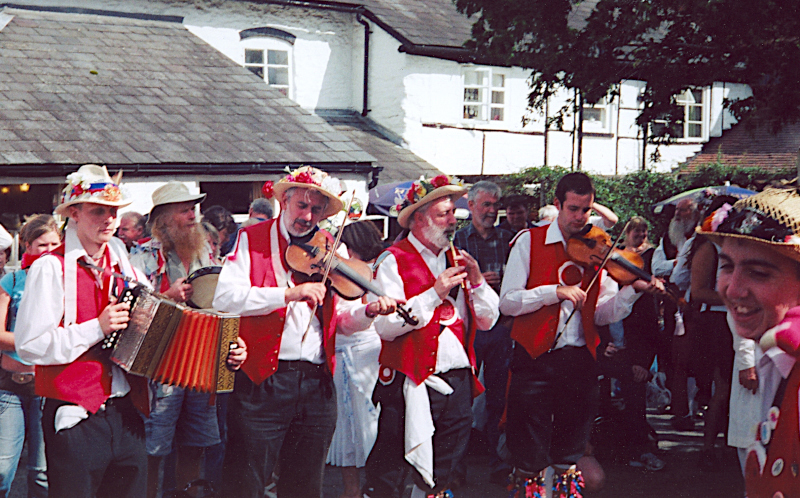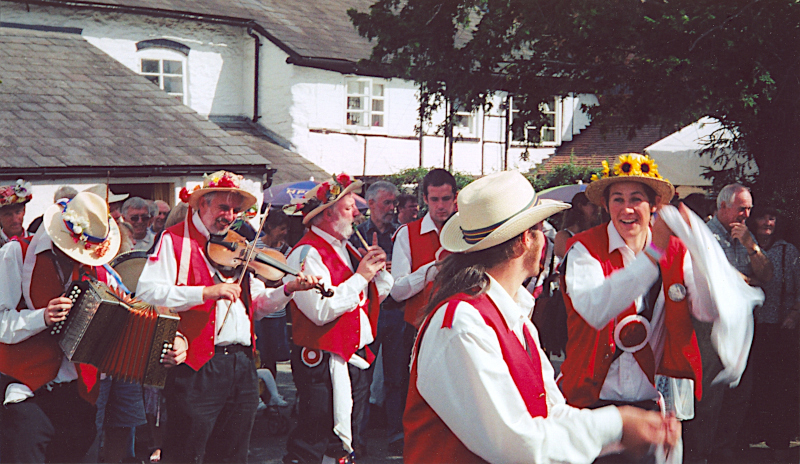

Two variants - Technical data: Konica Auto S2, Colorama free print film, several pints of Old Wallop
For some time now I've been pestered by a nasty touch of photographer's block. It's probably true that's it's been mildly exacerbated by, first of all, my favoured film manufacturer, and then all three of my labs of first choice, going belly up in quick succession - but that's hardly the whole story.
A person's self-knowledge is only ever partial, but perhaps the rot first set in when I started to try to sell some of my pictures. (No - Don't mock - I'm sure that there must be someone out there who's sold work that was originally made just for the satisfaction of it - even if I can't quite think who ... )
Well, initially my work raised little interest, so I just thought, "Try harder. Get better." So I did. I was then told that my work was of a professional standard, both technically and aesthetically, but it's not for us, thank you.
I thought, "Well, maybe this sort of stuff is harder to sell than some, so the standard's got to be correspondingly higher - so try harder still." So I tried harder still; and harder still.
As the standard I aimed for crept successively higher and higher - and more and more difficult to reach - and as the prospect of failure seemed surer and surer, it seemed less and less worth getting a camera out for a potential picture.
Then, on one particular occasion, I showed some work to a hard-nosed New York businessman, who scrutinised it, turned, looked me in the eye, and informed me bluntly, "This is too good for my customers."
Gradually, it began to dawn on me that it didn't matter how good my work got, it just wasn't going to sell; there wasn't any market for my type of work - not even a small poorly-paying one. But by then the rot had set thoroughly in. My photographic responsiveness had become thoroughly corrupted. I felt that however hard I tried, however much I achieved, it would never be enough – a large and very soggy blanket lay heavily over my photographic spirits.
Yet, oddly enough, not all areas of my photography were equally affected. My main interests - landscape and still life on colour transparency film - had been firmly knocked on the head, and there they lay, apparently lifeless. But my occasional photographing of folk events, which I'd never deluded myself might produce something saleable, carried on more or less as before.
My colour transparency work has almost always been extremely careful, considered, and - hopefully - precise. But no way can the photographing of folkies, especially by available light indoors, be like that. There's rarely enough light either for the whole depth of the scene to be in focus, or for a satisfactory trade-off between film sensitivity and contrast; and what's worse is that it's seldom possible to get to the best viewpoint at any event. Perfectionism would paralyse any would-be folk-event photographer.
Last spring started productively enough for me - then I ran into the sand - again. I found myself taking long (and reasonably demanding) hikes with my usual couple of stones plus of photographic day-pack, but without ever taking any pictures, or even nearly taking any. I tried simplifying (and lightening) my equipment - which had sometimes helped in the past - but to no avail. I even took to going on walking trips without my camera gear. - "Just enjoy the scenery." I thought. - Who needs a load of useless high-tech ballast in their rucksack?
September came around, and the annual Bromyard Folk Festival. It didn't seem worth complicating my camping trip with a heap of redundant camera clobber - and yet I couldn't quite face going without it either.
I compromised.
A few years ago I was given an all-manual 1960's fixed-lens rangefinder: an amateur camera, but a nicely designed one: the shutter speeds are all mostly pretty accurate, and the 1/500th is almost spot on a 1/250th. I had an odd roll of Colorama free print film lying around in the depths of my freezer, and I ferreted it out.
Bromyard's a lovely friendly colourful festival held in a lovely old little market town; and this year the sun shone, too. The morris dancing at The Rose and Lion seemed something special, and the beers were all less than £2 a pint. - I'm particularly partial to Addledbrains' Old And Peculiar; - although I must admit that I later found that for some unfathomed reason I'd moved on to the Old And Nasty; - and somehow or other I ended up on Old Wallop.
A great thing about fixed-lens rangefinders is that you don't have to fuss about which lens to use - you don't even have to fuss about which end of the lens you fix to the camera, and which end you point with. - And with plenty of sunshine, and a short lens, camera-shake and focusing are no big deal either.
The sun shone upon the morris dancers, and the righteous, and the rest of us drunken reprobates as well. Somehow or other I found myself at a great vantage point, and I had my best photography session in a long while. Things just kept happening in front of me - and I just kept responding to them. And something of that "just photographing for the moment / just for the here and now" has stayed with me, and I've been on a photographic roll ever since.
It was only a couple of months later that I stumbled across the philosophical under-pinnings to my loss of inhibition. It was all in Paul Ormerod's Why Most Things Fail: Evolution, Extinction and Economics. It's got some fascinating stuff about chess, too.
Chess, as played at the very highest of levels, remains, fundamentally, a very simple little game. There's a little wooden board just 8 squares by 8; and a relatively small number of pieces - especially by the time things get really interesting. And the rules - unlike photography - (or life -) are all known, and explicit. Yet, even with such a simple little game, great masters - given all the benefits of hindsight - can still disagree about whether a particular move was a good or a bad one.
So, - returning to the highly nuanced and manifold complexities of photography - is this variant of a picture better or worse than that one? Or, more problematic still, which variant is closer to the optimum? - How can you even tell what the optimum might look like? - The optimum? Without rules or criteria to recognise it by the notion is utterly worthless. The optimum is literally unknowable.
"If an image pleases, just go for it - whatever ... " is what I say now. And so I can settle down to the last of that Old Wallop, and never worry about my photography ever again.
______________________________
______________________________


Two variants - Technical data: Konica Auto S2, Colorama free print film, several pints of Old Wallop